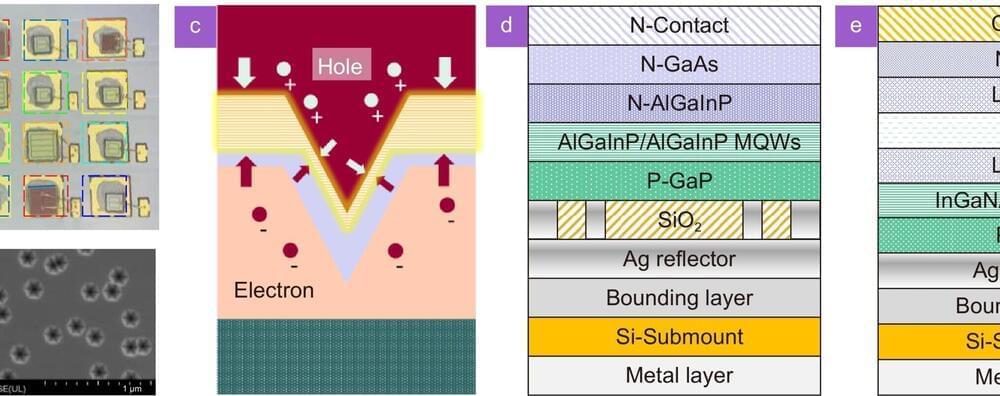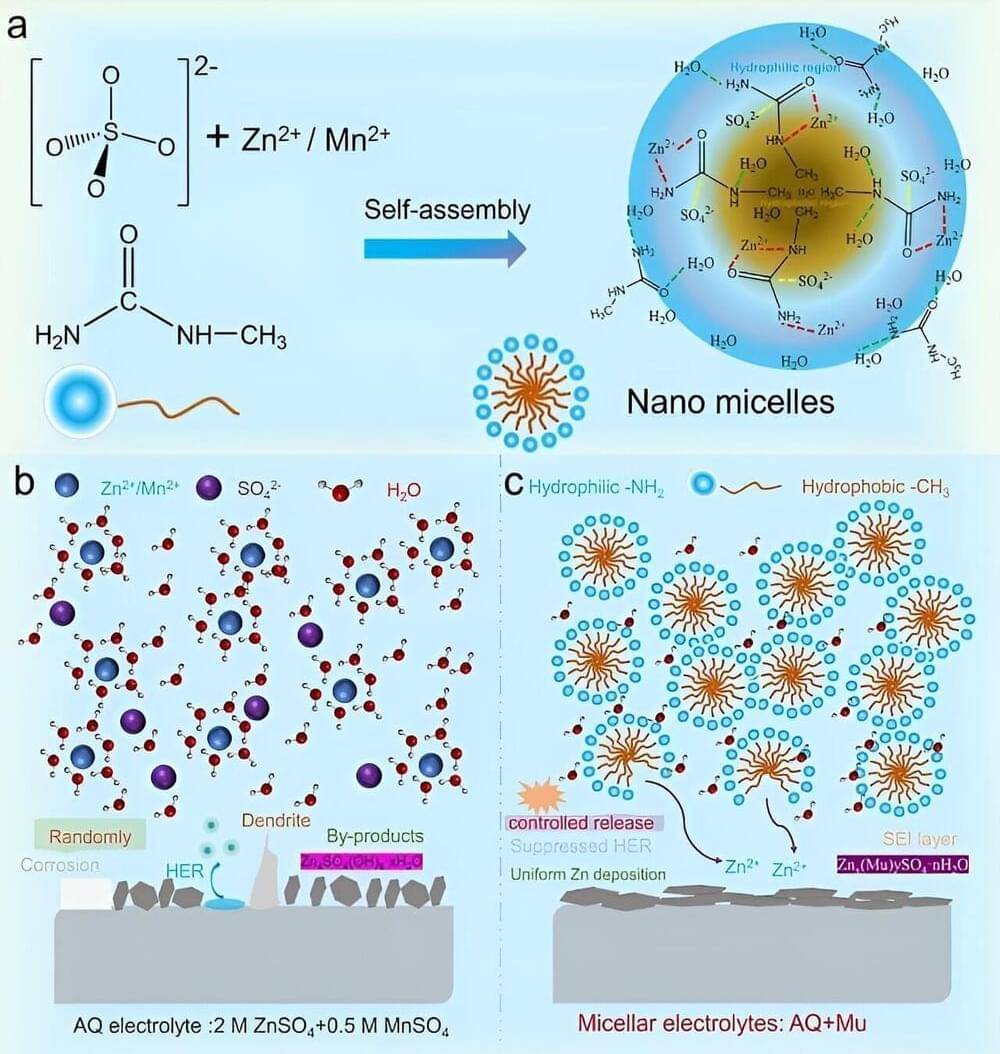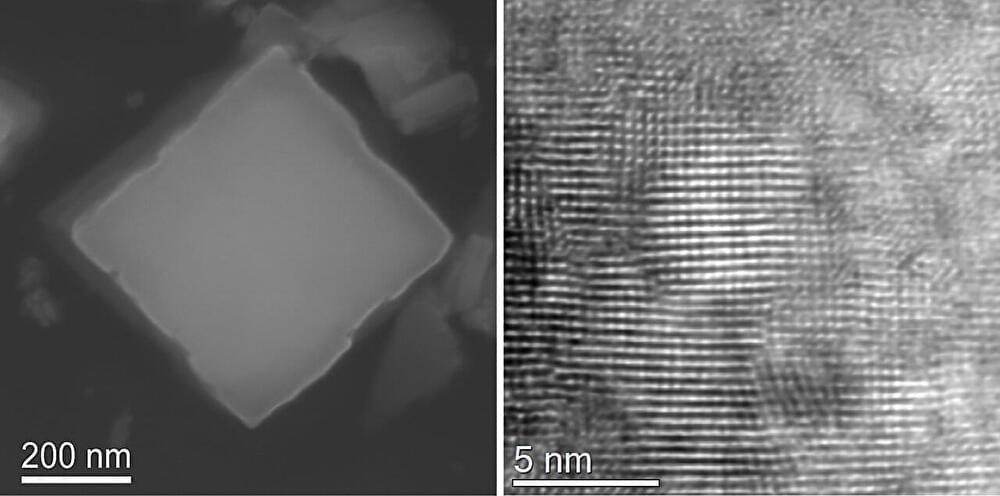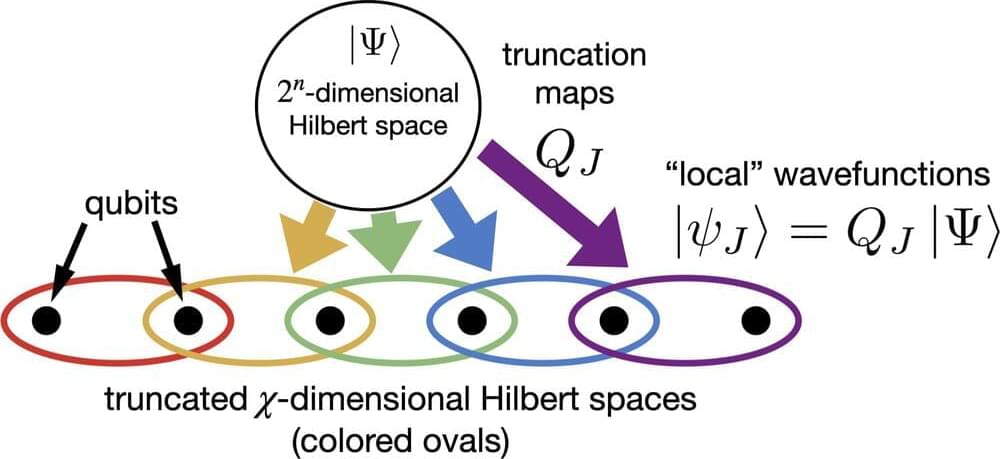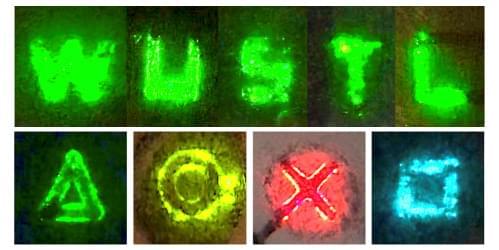Under the limitation of current density, micro-LED is difficult to achieve watts level optical power, which is not suitable for long-distance and underwater optical communication that requires high-power optical transmitter devices. Therefore, how to improve the communication performance of conventional-size LED is also a key issue at present.
The authors of an article published in Opto-Electronic Science studied a wavelength division multiplexing visible light communication system based on multi-color LED. The system uses a Si substrate GaN-based LED with a 3D structured quantum well. In the active layer of this LED, there is a three-dimensional structure (“V” shaped pit, or V-pit) with a hexagonal profile, opening towards the P-type GaN layer.
With the large-scale commercial use of 5G, global academia and industry have started research on the next-generation mobile communication technology (6G).
However, the existing RF spectrum resources are seriously depleted to meet the spectrum demand of 6G for ultra-high speed and ultra-large capacity. This severe challenge stimulates researchers to focus on higher frequency bands such as terahertz, infrared and visible light. Among them, visible light communication utilizes the ultra-wide spectrum from 400THz to 800THz, which has the merits of no licensing, high secrecy, environmental-friendly, and no electromagnetic radiation.
